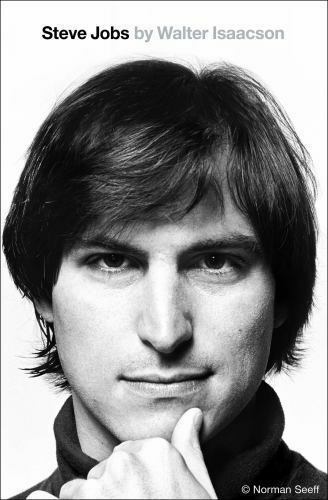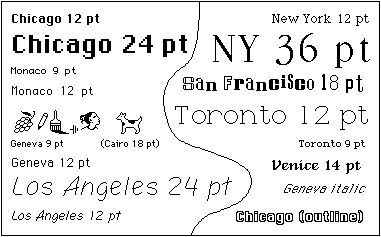
I just recently finished reading Walter Isaacson’s biography of Steve Jobs. It was an incredibly interesting read. I read the book partly because of Ashton Kutcher’s movie Jobs, in which he he portrayed Steve Jobs. Jobs’ life seemed very interesting, and I wanted to learn more. Kutcher did a great Job in the movie, but the movie did not do that well critically. I now think I know why. While Kutcher did a great job looking and acting like Jobs, the movie omitted so many facts about his life, that it probably hurt the film’s credibility. In fairness to the movie, which I found enjoyable before reading the book, it is limited to a couple of hours. The book is nearly 600 pages. In my experience, 200 pages is usually enough for a feature-length film. This would mean an accurate portrayal would take five or six hours. No one is going to make that movie. There were many facts of about Jobs’ life omitted from the movie, however, that I thought should have been included.
Jobs was ousted from Apple in 1985. Immediately following this he starts NeXT computer and puts considerable time and effort into it. It is largely a failure, but an operating system that is developed for it ends up later to be his foot in the door back to Apple. He ends up selling NeXT to Apple, effectively doubling his $50 million investment in it when Apple is desperate for a new operating system.
Jobs also starts Pixar during his exile from Apple. This created more wealth for Jobs than when Apple first went public. Steve Jobs is very much responsible for saving Disney’s animation business with Pixar. A Toy Story, A Bug’s Life, Monster’s Inc., Finding Nemo, The Incredibles, and Cars were largely created independently of Disney. These were Pixar’s films right out of the gate. Disney distributed these films, but Pixar created them. Disney had very little success with animated movies in the 1980’s and although it created some very profitable animated movies in the 1990’s, it also had many duds. For every Aladdin and The Lion King there was The Rescuers Down Under, A Goofy Movie, and Ducktails. Pixar was creating nothing but blockbusters that were also loved by critics. Disney got smart and eventually bought Pixar in 2006. This deal gave Jobs 7% of Disney’s stock – a whopping $3.9 billion worth and made him Disney’s biggest shareholder at the time.
It says a lot about Jobs that he went back to a failing Apple after he had created immense success at Pixar. He was running both Pixar and Apple in 1996. He believed this may have cost him his life. Why work that hard when you have billions of dollars? Apple created the iMac, iPod, iTunes, iPhone, and iPad upon his return. Jobs initially returned to Apple as the interim CEO, or iCEO. He did not intend on staying. I believe the “i” in all the Apple products comes from this. He ended up staying until just months before his death in 2011. He battled cancer for half of his second tenure at Apple. He did some great things in this time, but was it worth it?
Apple saved the music industry with iTunes. Most music was being pirated when iTunes came out. He convinced people to pay for their music again and they, in return, got a promise of quality and good karma. It is almost incredulous that it worked. For anyone who downloaded music 1999-2002, it did not appear that anyone would ever pay for music again.

For some reason the thing that sticks with me most about Steve Jobs is the Font. Everyone takes it for granted, but if Steve Jobs had not gone overboard insisting that the original Mac had multiple fonts, I do not believe they would be as pervasive as they are on modern computers. When Jobs did this, he must have appeared like a madman to his colleagues. People had just recently been given the ability to type on a keyboard and see the corresponding characters appear on a screen. Steve Wozniak’s Apple II design was the first computer to do this in 1977. Now in 1979, engineers are going to spend inordinate amounts of time just to add the ability to choose the font that is displayed? The time, money , and processing power sacrificed to create multiple fonts, at Jobs’ insistence, probably looked insane to everyone at Apple. I believe it was things like this that got him ousted. Looking back, however, the fact that the original Mac had multiple fonts, forced Microsoft and everyone else to include multiple fonts. He injected calligraphy, or art, into early computing. Who knows, decades later, how much this quirky little choice has impacted the world? I am guessing greatly.

